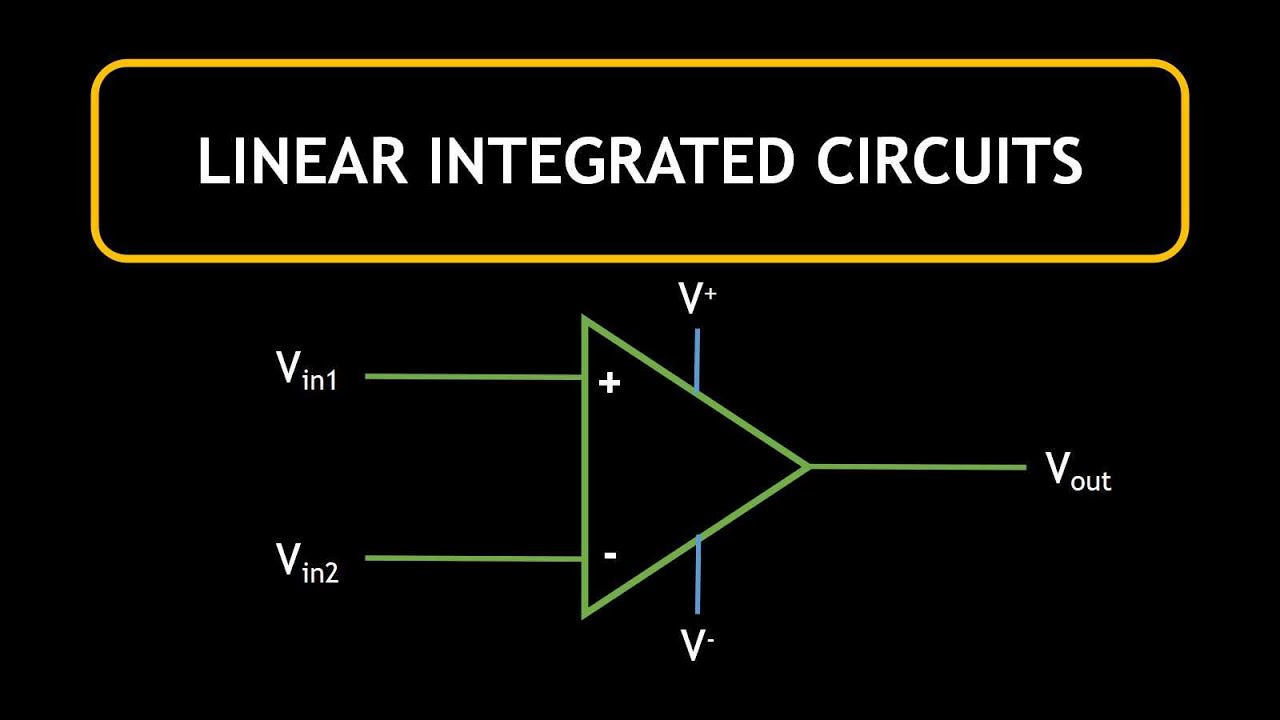What is a Linear Integrated Circuit?
Overview
In the realm of electronic engineering, Linear Integrated Circuits (ICs) are integrated circuits fundamentally based on amplifiers. These Linear Circuit Components play a crucial role due to their basic amplifier functions and precise processing capabilities for analog signals. Named for their linear response to input signals, they primarily handle continuous physical quantities, that is, analog signals, and are widely used in various electronic devices and systems. The development of linear integrated circuits can be traced back to 1964 when the fabrication of lateral PNP transistors created conditions for the realization of complementary bipolar circuits, marking a significant advancement in the technology of linear integrated circuits.
Classification
The classification of linear integrated circuits is extensive, including but not limited to general-purpose circuits, industrial control and measurement circuits, data conversion circuits, communication circuits, and consumer circuits. For instance, general-purpose circuits often include operational amplifiers, voltage comparators, voltage reference circuits, and voltage regulator circuits; industrial control and measurement circuits may consist of timers, waveform generators, detectors, etc.; data conversion circuits encompass analog-to-digital converters (ADC) and digital-to-analog converters (DAC); and communication circuits include telephone communication circuits and mobile communication circuits, among others.

Main Application Areas
Linear integrated circuits are widely applied across a spectrum of electronic devices and systems, predominantly dealing with analog signals, which include continuously varying physical quantities such as sound, light, and temperature. Here are some key application areas for popular linear integrated circuits:
- Power Management: Linear ICs play a vital role in power supply design, encompassing linear regulators, low-dropout regulators (LDOs), AC/DC converters, and power voltage monitors, extensively used in the conversion and stabilization of electronic device power supplies.
- Audio Amplifiers: Take the 386 bipolar linear integrated circuit as an example; it is an audio power amplifier suitable for low-voltage consumer products, characterized by low quiescent power consumption and adjustable voltage gain, making it ideal for battery-powered devices.
- Communication Equipment: In telephone and mobile communication circuits, linear ICs are utilized for signal amplification, filtering, and processing to ensure clear and stable transmission of communication signals.
- Industrial Control and Measurement: Including timers, waveform generators, detectors, sensor circuits, phase-locked loops, analog multipliers, motor driver circuits, etc., these play a pivotal role in automated control systems.
- Data Conversion: Linear ICs such as DACs and ADCs are essential in data acquisition and processing systems, converting analog signals to digital signals and vice versa.
- Medical Electronics: Linear ICs are also extensively used in medical devices, such as pacemakers, where they provide precise current control and signal conditioning.
Future Development Trends
The development trend of linear integrated circuits is moving towards higher integration, lower power consumption, and enhanced performance. For example, audio filters made using MOS technology, which leverages the switched-capacitor method to create equivalent resistance, are particularly suitable for MOS processes and have enabled the production of highly stable operational amplifiers and high-precision ADCs and DACs.
Additionally, the design and manufacturing technology of linear integrated circuits is continuously advancing. For instance, the use of refractory metal molybdenum as gate material in linear CMOS processes allows for the fabrication of P-channel and N-channel MOS devices on the N-type epitaxial layer of a linear bipolar chip, enabling the creation of various components with different performance characteristics on the same chip.
Conevo Linear IC
● The LM358DR is a dual-channel operational amplifier with low noise, low distortion, high speed and high bandwidth for a variety of analog signal processing applications. It can be widely used in the fields of audio signal processing, sensor signal conditioning, instrumentation, communication system and control loop.
● The RT9013-18GB is a 500mA low-voltage differential, low-noise, ultra-fast CMOSLDO regulator without bypass capacitance. It offers extremely high PSRR and ultra-low pressure differential, which makes it ideal for demanding portable RF and wireless applications to meet their performance and space requirements. The RT9013-18GB can effectively manage the power supply and provide a stable voltage output to ensure the normal operation of the equipment.
● The ADS1110A0IDBVR is a low-power, high-precision analog-to-digital converter (ADC) manufactured by TI. With a low-power design, the ADS1110A0IDBVR can reduce the overall power consumption of the device and extend battery life while maintaining performance by optimizing power consumption and providing multiple operating modes. It has a wide range of application scenarios, such as sensor measurement, medical equipment, industrial automation and environmental monitoring.
● The MPQ8633AGLE-Z is a high energy efficiency, synchronous buck converter. It offers a very compact solution that can achieve output currents of up to 12A over a wide input power range with excellent load and line adjustment rates. Suitable for telecommunications and networking systems, servers, cloud computing, storage, base stations, universal point of load (POL), 12V distribution systems, high-end TVS, game consoles and graphics cards.
Website: www.conevoelec.com
Email: info@conevoelec.com








